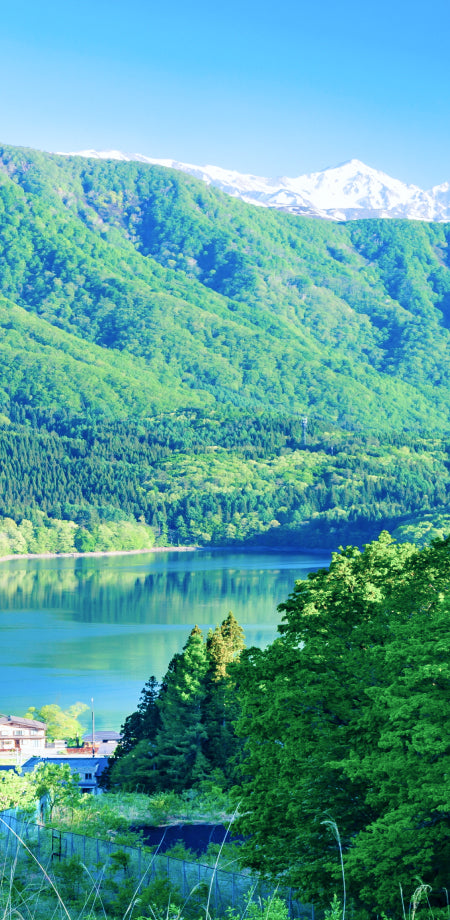投稿日:
更新日:
eastShinshuTo the best Kurumi Village in Japan

Kurumi is once again attracting attention as a superfood that is rich in α-linolenic acid, one of the hot topics of omega-3 fatty acids, as well as a condensed superfood that contains many nutrients such as vitamins, minerals, proteins, and dietary fiber.
In Europe and the United States, it is also known as the "beauty food for the aristocrats" and is said to be the oldest nut that humanity has eaten.
It boasts the number one production in the country.ShinshuWe visited producers of this restaurant and people who foster a walnut culture.

"Shinano Gurumi" was born when walnuts from the continent met across the ocean
The autumn harvest season has arrivedTōmi CityVisiting the walnut fields
Approximately 80% of domestic walnuts are produced Nagano The prefecture's main variety is Shinano Gurumi. Mostly EastShinshuIt is grown in, among othersTōmi Cityis a major production area with around 120 producers.
Since ancient times, Japan has been eating wild lily of Japanese lily and Japanese lily of Japanese lily beans, but their roots are completely different. Back in the Edo period, the teuchi gulberry (cassium gulberry) was introduced from China, and attempts were made to cultivate it all over the country. The soil is well-lit and has a little rain and is well-drained, and this area begins to develop as a walnut production area.
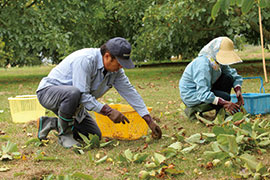
As the Meiji period began, Westerners who visited Karuizawa to take a summer vacation brought Persian Gurumi. Locals began experimenting with cultivation of this variety, and two types of walnuts introduced from the continent were discovered here. Then natural mating took place, and the birth of the Shinano Glumi.
"The features of Shinano Gurumi are actually large, with thin shells and a good taste. They are walnuts that can be proud of in the world," says Hanaoka.
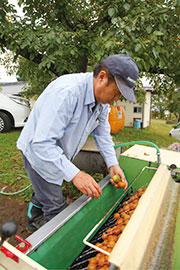
The walnuts that have been dropped from the tree and picked up the blue outer skin are then taken to the cleaning process. "The fact is that this washer is an improvement on the brush part of the taro washing machine," says Hanaoka.Tōmi CityThere are 4 walnut coin washers installed inside, making it a unique Kurumi no Sato that anyone can use. The washed walnuts will be placed on shelf and sun dried for about three weeks, and the fruit will finally be shipped once the bulkheads start to break.
When asked about future goals,Tōmi City"The goal is to increase the approximately 7,500 walnut trees in the area to more than 10,000," he replied with a powerful answer.Tōmi CityIn the gardens of many houses, there are "my walnut trees," and it seems that the everyday life is to have walnuts, such as rice, noodles sauce, and mugworts. Perhaps the reason why it is the number one production area in Japan is that it is loved by local people.
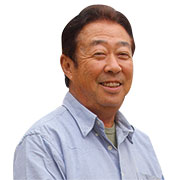
Japanese walnut meeting
Chairman Hanaoka Sumio
The Japan Kurumi Conference is an organization that brings together people and organizations who work with the aim of promoting walnuts, not only producers but also confectionery shops and retailers, government and school teachers.Tōmi CityCurrently, there are about 40 people involved, mainly.
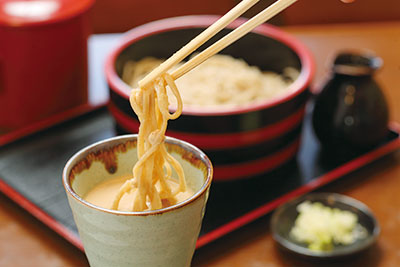
Local specialty products create a taste that captivates people all over the country
East born from a small grass fluteShinshuSpeciality "Walnut Soba"
Kusabue opened in 1961. Kurumisoba was a small restaurant with a seating capacity of 12 seats in 7 tsubo, so I had to make some speciality.
"When I was a child, there was a large walnut tree behind the house, and my older brother who was grafting underneath the tree told me, 'This walnut will surely become famous in the future,' and I made it because I remembered that," said Chairman Nakamura.
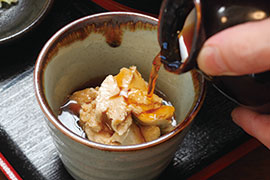
As predicted, the walnut soba that was born was born in East Asia by Chairman Nakamura, who is particular about the local culture and local production and consumption.ShinshuIt has become a representative specialty of the restaurant and is now spreading throughout the country.
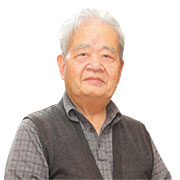
ShinshuSoba "Kusabue"
会長 中村利勝さん
As the eldest son of six farmersTōmi CityBorn in the area, he worked at the Tourism Division of Komoro City Hall, and decided to run a soba restaurant. The store was started in collaboration with his wife, but now it has become a very famous store with eight stores in the prefecture.

Enjoy a walnut ohagi ceremony at the ancient temple Maeyama-dera temple
The scenery of Shiotadaira and the richness of the demons and the colour of the four seasons
ShinshuKurumi Ohagi has been offering hospitality since around 1960 at Maeyama-dera Temple in Shiotahira, known as Kamakura.
It was once served as a dish of tea kaiseki, and its reputation spread through word of mouth, and this dish was enjoyed by the Emperor and His Crown Prince.

"We want to treat our customers with things they have grown on the land. That's what we started, so all of the things we have harvested here, such as Onigurumi in the temple grounds and glutinous rice from Shiotadaira," says Teruko. The rice crackers are served with grated radish and sansho miso for each season, and the seasonal flavor will make your heart sigh.

Maeyama-dera Temple
Terayard Kawai Teruko
Teruko says that she often ate walnut rice crackers her grandmother made since she was a child. "Just as we maintain the buildings in the grounds in an unchanging state, we would like to continue the flavor of our specialty as a third generation, following our grandmother and mother."















